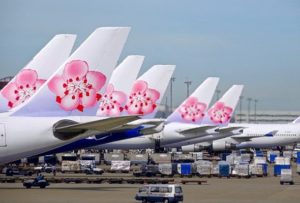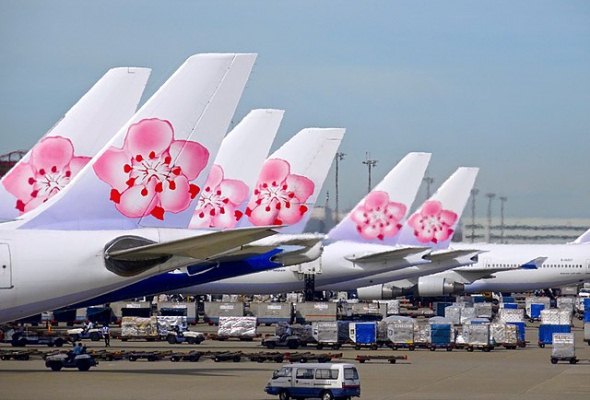 International air cargo demand for Asia-Pacific airlines registered in 2017 its strongest full-year growth in seven years, according to the Association of Asia Pacific Airlines (AAPA).
International air cargo demand for Asia-Pacific airlines registered in 2017 its strongest full-year growth in seven years, according to the Association of Asia Pacific Airlines (AAPA).
Citing its traffic figures for the full calendar year, AAPA said both international air passenger and air cargo markets enjoyed robust growth in 2017, the expansion underpinned by accelerated economic activity across most regions.
Global air cargo demand for the region’s airlines posted its fastest full-year growth since the post-crisis rebound in 2010, as broad-based expansions in new orders precipitated by greater client demand helped boost trade activity significantly, following years of tepid performance. Demand rebounded with a strong 9.8% growth for the year, following a modest increase in 2016.
AAPA said the growth in demand outpaced the 4.4% expansion in offered freight capacity by a considerable margin, lifting the average international freight load factor by 3.2 percentage points to 65.2% for the year.
Meanwhile, supported by high business and consumer confidence, the region’s airlines carried a combined total of 316.8 million international passengers for the year, a solid 6.2% increase compared to 2016. Demand increased by 8.2%, reflecting relative strength on long-haul routes. Passenger traffic demand within the region remained encouraging, supported by sustained regional economic growth.
The average international passenger load factor rose by 1.2 percentage points to reach 79.9% for the year, after accounting for a 6.6% expansion in available seat capacity.
Andrew Herdman, AAPA director general, said, “Whilst competition remained intense, continued availability of affordable air fares and further expansion of routes, amid a positive global economic environment, culminated in a year of firm traffic growth for air passenger markets.”
“In addition, Asian airlines enjoyed solid increases in air cargo volumes through the year, with continued improvements in business conditions boosting trade activity as demand was transmitted through regional supply chains.”
“Overall, the region’s carriers in 2017 benefitted from the robust growth in demand; at the same time, notably higher load factors provided some relief to airline yields. However, increased cost pressures, particularly significantly higher jet fuel prices, in addition to continued market competition, constrained margins.”
Looking ahead, Herdman concluded, “The outlook for the year ahead is broadly positive, as the increase in new orders and recent pick-up in business investments are expected to enhance the sustainability of the global economic upswing. This will in turn lend support to air travel demand in the coming months.”
Photo: KCS





